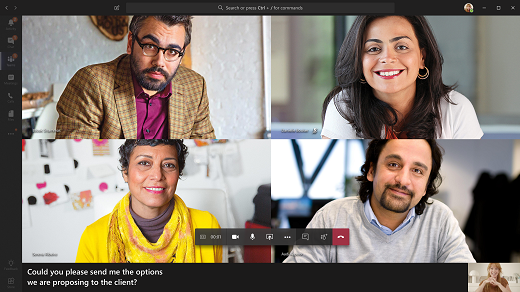What is Inclusion?
To be inclusive means to embrace disability from the very beginning: from the earliest planning stages of a product, to its launch, to its latest updates. Accessibility should always be built in rather than bolted on. If accessibility is an afterthought, changes might be rushed or viewed as a low priority, which could result in people with disabilities having an inferior experience and feeling excluded.
In this way, being inclusive can change what's possible for people with disabilities. It also helps public companies and organizations ensure they're doing their work with truly everyone in mind. At Microsoft, we believe there's no limit to what people can achieve when technology reflects the diversity of all who use it.
For example, at the Rochester Institute of Technology (RIT), students and faculty are using the Microsoft Translator app to enable accessible communication in and outside the classroom. In classes, faculty can use headsets or other microphones (or even speak into their own mobile device, if needed) to create live subtitles so that audience members who are deaf or hard of hearing can follow along and participate in discussions. Moreover, students who don't speak English as their first language can use the Translator app on their own mobile device, desktop, or in PowerPoint to translate the live subtitles to their own language.
Microsoft Teams also has translation capability. The inline message-translation feature allows users to translate Teams messages to the language specified in their personal language settings for Office 365 (image below). This way, people from different backgrounds and with different abilities can all communicate and participate equally within a meeting.
